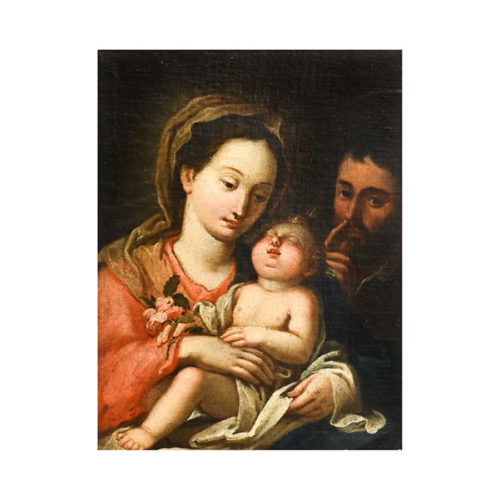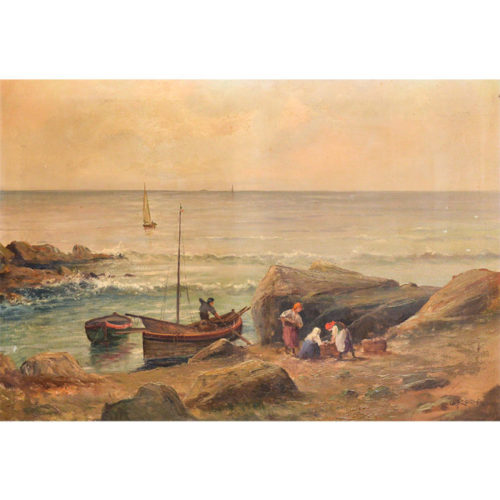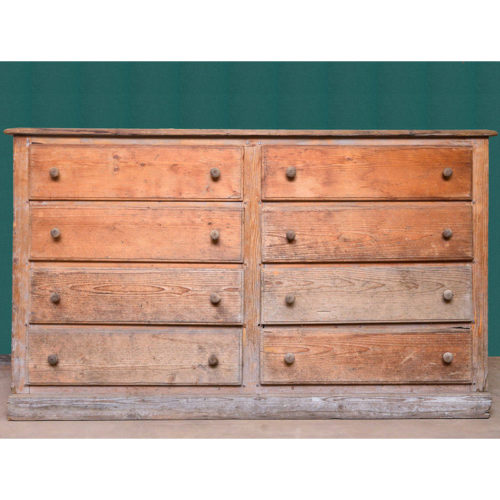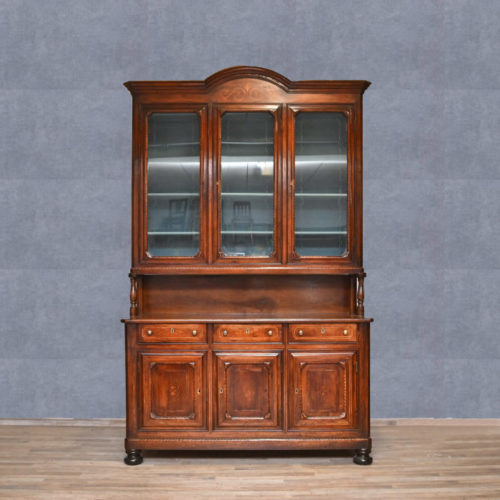"Marine with boats and characters" - Oil on canvas by Leonardo Roda dating back to the early 1900s, signed on the lower right.
RODA LEONARDO. Born in Racconigi in 1868, died in Turin in 1933. A pupil of Marco Calderini, he participated in various exhibitions in Turin and Milan. He was a faithful, tireless reproducer of the Matterhorn. «In the last decade his brush stroke got tired and he also suffered morally. Six months before he died he managed to deliver eighteen commission paintings for a Roman house of art: but it was his last effort » (Dragone). Some of his works: Raggio di sole; Nomadic life; Quiet corner, purchased by the Society for Fine Arts of Turin in 1914.
 Holy Family, splendid high quality oil on canvas depicting the Madonna, Child and Saint Joseph, school painting between the 17th and 18th century. The condition is excellent, the pictorial surface does not require cleaning and has maintained its originality over time, coeval silver frame. Measurements: In frame H 70 x W 56 x P 6 / Canvas H 56 x W 41 cm
Holy Family, splendid high quality oil on canvas depicting the Madonna, Child and Saint Joseph, school painting between the 17th and 18th century. The condition is excellent, the pictorial surface does not require cleaning and has maintained its originality over time, coeval silver frame. Measurements: In frame H 70 x W 56 x P 6 / Canvas H 56 x W 41 cm "Marine with boats and characters" - Oil on canvas by Leonardo Roda dating back to the early 1900s, signed on the lower right. RODA LEONARDO. Born in Racconigi in 1868, died in Turin in 1933. A pupil of Marco Calderini, he participated in various exhibitions in Turin and Milan. He was a faithful, tireless reproducer of the Matterhorn. «In the last decade his brush stroke got tired and he also suffered morally. Six months before he died he managed to deliver eighteen commission paintings for a Roman house of art: but it was his last effort » (Dragone). Some of his works: Raggio di sole; Nomadic life; Quiet corner, purchased by the Society for Fine Arts of Turin in 1914.Period: Early 1900s Measures: In frame H 79.5 x L 109.5 x P 5 / Canvas H 70 x L 105.5 cm
"Marine with boats and characters" - Oil on canvas by Leonardo Roda dating back to the early 1900s, signed on the lower right. RODA LEONARDO. Born in Racconigi in 1868, died in Turin in 1933. A pupil of Marco Calderini, he participated in various exhibitions in Turin and Milan. He was a faithful, tireless reproducer of the Matterhorn. «In the last decade his brush stroke got tired and he also suffered morally. Six months before he died he managed to deliver eighteen commission paintings for a Roman house of art: but it was his last effort » (Dragone). Some of his works: Raggio di sole; Nomadic life; Quiet corner, purchased by the Society for Fine Arts of Turin in 1914.Period: Early 1900s Measures: In frame H 79.5 x L 109.5 x P 5 / Canvas H 70 x L 105.5 cm Large chest of drawers from the 19th century, in pine wood, made up of 8 large drawers. To be restored.Period: 19th century Measurements: H 110 x L 185 x P 71,5 cm
Large chest of drawers from the 19th century, in pine wood, made up of 8 large drawers. To be restored.Period: 19th century Measurements: H 110 x L 185 x P 71,5 cm
